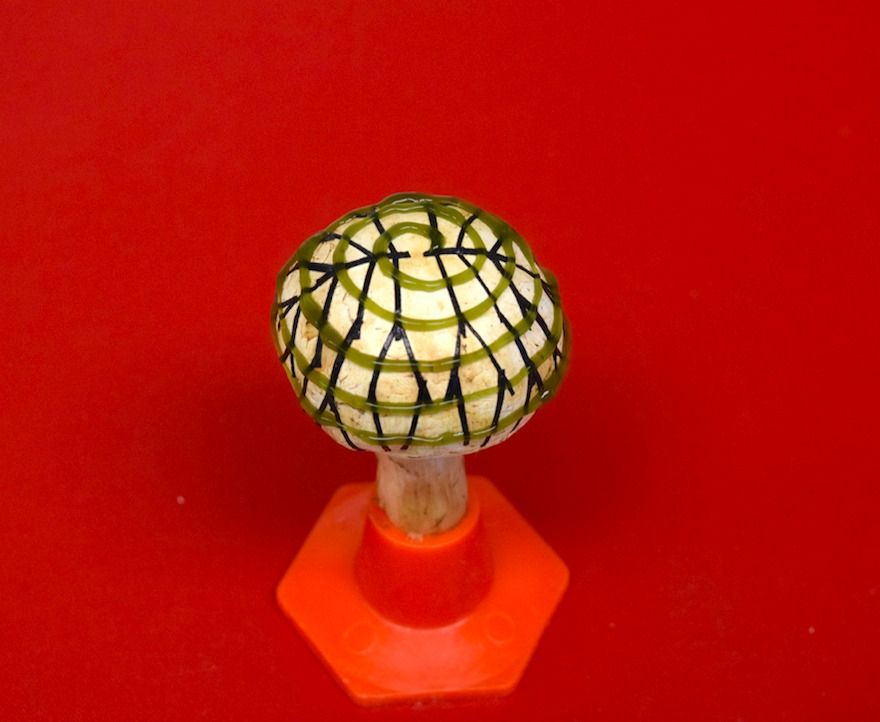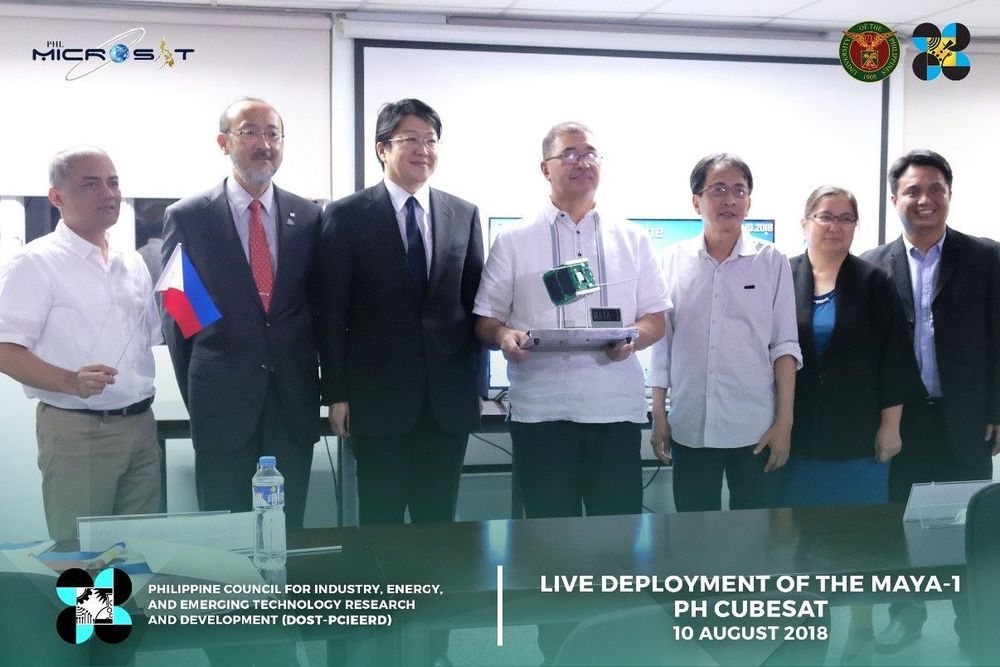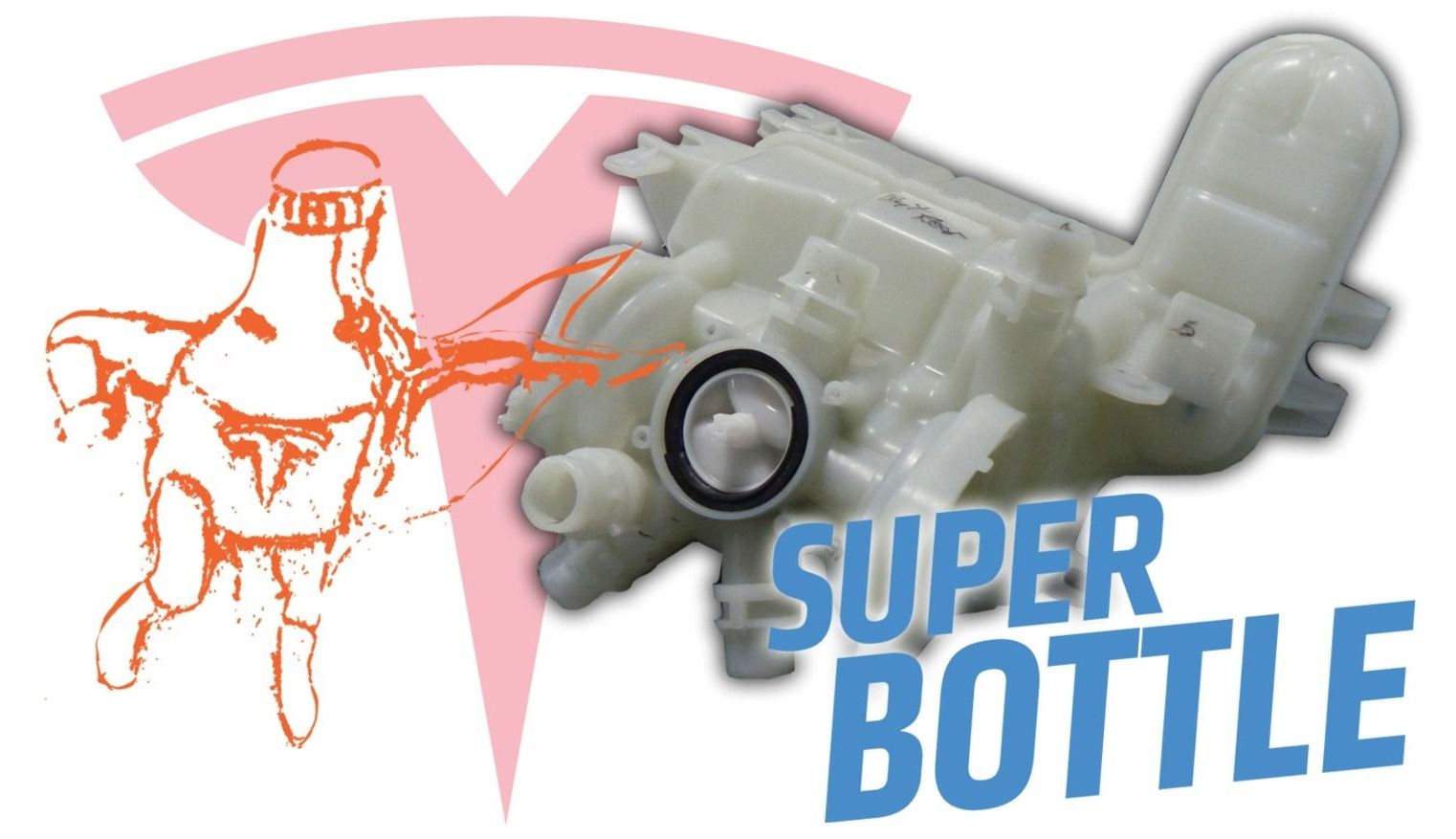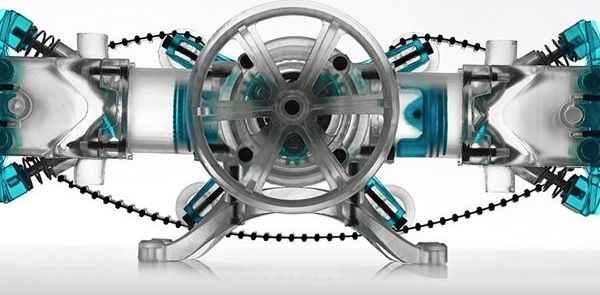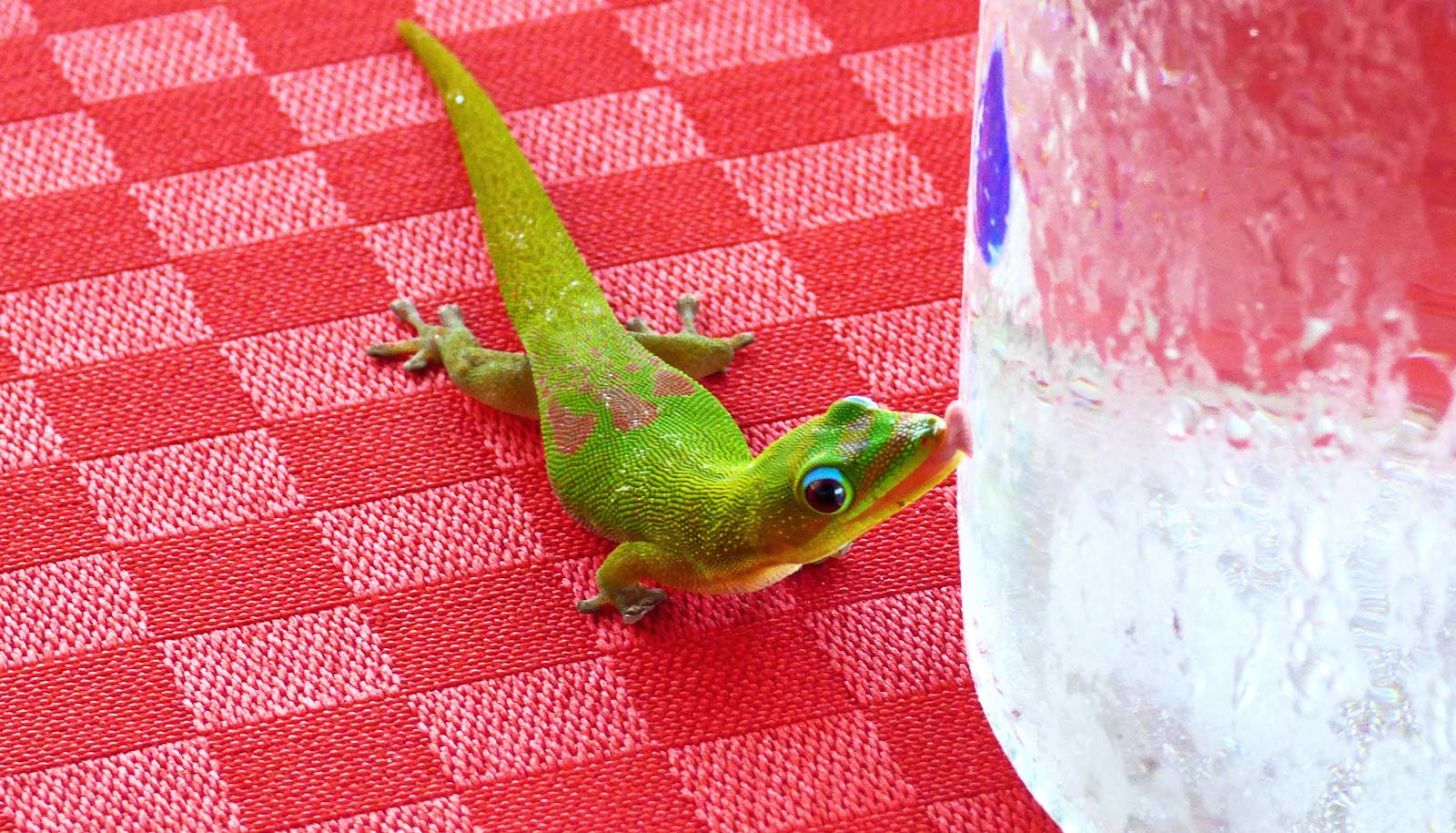Archive for the ‘engineering’ category: Page 176
Jan 7, 2019
“Bionic Mushrooms” Fuse Nanotech, Bacteria and Fungi
Posted by James Christian Smith in categories: 3D printing, biological, cyborgs, engineering, nanotechnology, transhumanism
(Hoboken, N.J. — Nov. 7, 2018) — In their latest feat of engineering, researchers at Stevens Institute of Technology have taken an ordinary white button mushroom from a grocery store and made it bionic, supercharging it with 3D-printed clusters of cyanobacteria that generate electricity and swirls of graphene nanoribbons that can collect the current.
The work, reported in the Nov. 7 issue of Nano Letters, may sound like something straight out of Alice in Wonderland, but the hybrids are part of a broader effort to better improve our understanding of cells biological machinery and how to use those intricate molecular gears and levers to fabricate new technologies and useful systems for defense, healthcare and the environment.
“In this case, our system – this bionic mushroom — produces electricity,” said Manu Mannoor, an assistant professor of mechanical engineering at Stevens. “By integrating cyanobacteria that can produce electricity, with nanoscale materials capable of collecting the current, we were able to better access the unique properties of both, augment them, and create an entirely new functional bionic system.”
Continue reading “‘Bionic Mushrooms’ Fuse Nanotech, Bacteria and Fungi” »
Jan 7, 2019
PH CUBESAT MAYA-1 successfully deployed to space
Posted by Michael Lance in categories: engineering, satellites
It was a good year for DOST-Philippines after it successfully launched two satellites under the Philippine Scientific Earth Observation Microsatellite (PHL-Microsat) program: Maya-1 the country’s first cube satellite measuring only 10 cubic centimeters in August, and Diwata-2, the improved version of both its predecessors in October.
Manila, August 10, 2018 — Cheers full of Filipino pride were heard in the University of the Philippines (UP) Diliman Electrical and Electronics Engineering Institute building as officials from UP, the Department of Science and Technology (DOST), the Embassy of Japan in the Philippines, and the Japan Aerospace Exploration Agency (JAXA) witnessed the live deployment of Maya-1, the Philippines’ first ever cube satellite (CubeSat).
After its turnover to JAXA last May 15, the Maya-1 CubeSat was brought to the International Space Station (ISS) through the SpaceX Falcon 9 CRS-15 on June 29. “This is actually our second major achievement in space science and technology,” said UP Diliman chancellor Michael Tan, looking back on the Diwata-1 microsatellite launch on March 23, 2016 from Cape Canaveral and its deployment from the ISS on April 27, 2016.
Continue reading “PH CUBESAT MAYA-1 successfully deployed to space” »
Dec 18, 2018
The Tesla Model 3 ‘Superbottle’ Easter Egg Is a Fascinating Packaging Solution
Posted by Genevieve Klien in categories: engineering, sustainability, transportation
By many accounts, the Tesla Model 3 is a great car. Sure, it’s needed some work on the body and on fit and finish, but there’s lots of cool engineering behind Tesla’s highest volume offering, including the “Superbottle,” an awesome packaging solution for the cooling system that contains a fun little easter egg.
Last week, I stopped by Munro and Associates, the fascinating company that tears cars apart to find out exactly how they’re built. While there, manufacturing experts showed me the Tesla Model 3’s bizarre-looking coolant bottle, which features a cape-wearing bottle as part of the mold:
Also on the bottle is the text “Superbottle”:
Continue reading “The Tesla Model 3 ‘Superbottle’ Easter Egg Is a Fascinating Packaging Solution” »
Dec 18, 2018
Understanding 3D Printing Tolerances for Engineering Fits
Posted by Genevieve Klien in categories: 3D printing, engineering
In Tutorials
Tolerance and fit are essential concepts for any engineer designing mechanical assemblies.
Accounting for tolerances ultimately optimizes both the prototyping and production processes, reducing the material cost of iteration, lowering post-processing time, and mitigating the risk of accidentally broken parts.
Dec 13, 2018
New Intel Architectures and Technologies Target Expanded Market Opportunities
Posted by Klaus Baldauf in categories: computing, engineering
At Intel’s recent Architecture Day, Raja Koduri, Intel’s senior vice president of Core and Visual Computing, outlined a strategic shift for the company’s design and engineering model. This shift combines a series of foundational building blocks that leverage a world-class portfolio of technologies and intellectual property (IP) within the company.
Architecture Day Fact Sheet: New Intel Architectures and Technologies Target Expanded Market Opportunities
This approach is designed to allow Intel to drive an accelerated pace of innovation and leadership, and will be anchored across six strategic pillars:
Continue reading “New Intel Architectures and Technologies Target Expanded Market Opportunities” »
Dec 7, 2018
We Need to Prepare For Quantum Attacks Now, Top US Scientists Warn
Posted by Genevieve Klien in categories: biotech/medical, cybercrime/malcode, engineering, information science, quantum physics
The promise of quantum computing brings with it some mind-blowing potential, but it also carries a new set of risks, scientists are warning.
Specifically, the enormous power of the tech could be used to crack the best cyber security we currently have in place.
A new report on the “progress and prospects” of quantum computing put together by the National Academies of Sciences, Engineering, and Medicine (NASEM) in the US says that work should start now on putting together algorithms to beat the bad guys.
Continue reading “We Need to Prepare For Quantum Attacks Now, Top US Scientists Warn” »
Dec 7, 2018
Gecko-inspired nanofiber ‘carpet’ could lead to superpower coatings
Posted by Genevieve Klien in categories: engineering, nanotechnology
A new way to make arrays of nanofibers that gets its inspiration from polar bear fur, lotus leaves, and gecko feet could lead to coatings that are sticky, repellant, insulating, or light emitting.
“This is so removed from anything I’ve ever seen that I would have thought it was impossible,” says Joerg Lahann, a professor of chemical engineering at the University of Michigan and senior author of the paper, which appears in Science.
Polar bear hairs are structured to let light in while keeping heat from escaping. Water-repelling lotus leaves are coated with arrays of microscopic waxy tubules. And the nanoscale hairs on the bottoms of gravity-defying gecko feet get so close to other surfaces that atomic forces of attraction come into play.
Dec 6, 2018
Washington Post: Breaking News, World, US, DC News & Analysis
Posted by Genevieve Klien in categories: biotech/medical, engineering, health
Virginia Tech announced Thursday it will receive a record $50 million gift to support biomedical research, a landmark donation for the public university that will expand the influence of its academic health center in Roanoke.
The gift comes from the Horace G. Fralin Charitable Trust and from Heywood and Cynthia Fralin. It is twice as large as the previous record, a $25 million donation from Alice and Bill Goodwin for an engineering building that opened in 2014 on the university’s main campus in Blacksburg.
The new funding will help the university recruit and retain researchers, a spokesman said. A biomedical research institute will be named for the Fralin family and based within the Virginia Tech Carilion Academic Health Center.
Continue reading “Washington Post: Breaking News, World, US, DC News & Analysis” »
Dec 4, 2018
Scientists create ‘liquid crystal’ that gets THICKER when stretched
Posted by Genevieve Klien in categories: 3D printing, engineering
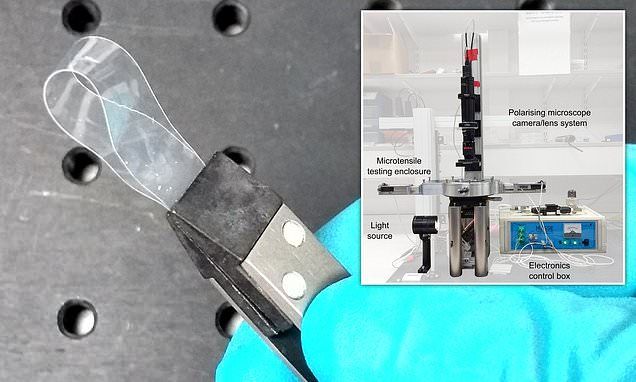
The discovery by researchers at the University of Leeds marks a major breakthrough which has eluded material scientists for more than 30 years.
The ‘auxetic’ stretching property, which is found in human tendons and cat skin, had only been recreated using conventional materials.
Continue reading “Scientists create ‘liquid crystal’ that gets THICKER when stretched” »

